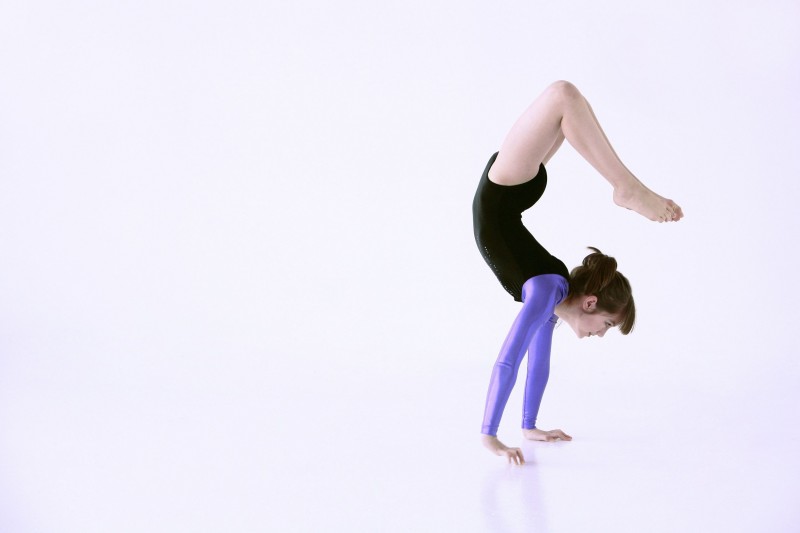Climbing the Mt. Everest at 29,002 ft. or 8840m might seem easy but looks can be misleading. Even by having the best sherpas, if the bad weather hits, the trekking adventure can change to a life saving mission from an exciting adventure. However, climbing the Mt. Everest is not as tough as climbing the K2, which is one of the most challenging summits in the world. The best thing is that there are clear paths for reaching the Everest base camp and even while climbing the summit. There is always plenty of action going on, as at any given time there are 2-3 teams at the Everest base camp.
One of the most important features behind the fruitful Nepal Everest base camp trekking is the climbing gears. You have to have the perfect gears when you are planning to do a moderate to strenuous trek.
The top 4 climbing equipment’s are:
-
Shoes: This is one of the vital important climbing gears for trekking. These days most mountain climbers and trekker use shoes that have a strong grip and can offer protection in diverse weathers.
-
Crampons: Crampons are important for Nepal trekking specifically if you are trekking on ice and glaciers. Crampons need to be attached to your trekking boots so that you don’t slip on snow or ice and can get a better grip. The best crampon design for mountaineering and trekking are the ones made from steel. There should be step-in, hybrid binding or fixed horizontal front point type.
-
Clothes: The type of clothes you choose to wear for your trekking expedition will determine how protected and safe you will be at different altitudes. The best thing is to carry multi-layer clothing for higher altitudes, as there will be constant change in temperature. Clothes necessary to carry are long underwear, down jacket, waterproof jacket, woolen socks, jumper gloves, Nylon windbreaker, insulated pants, hiking pants and wind pants.
-
Facemask: Facemask is another important accessory to protect your face from ultra violet radiation, sunburns and extreme cold leading to frost bite.


